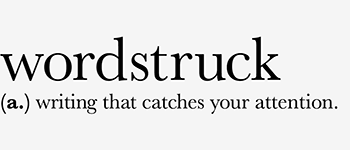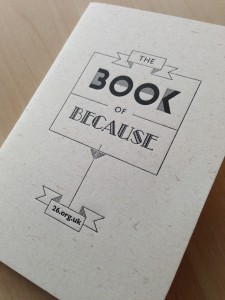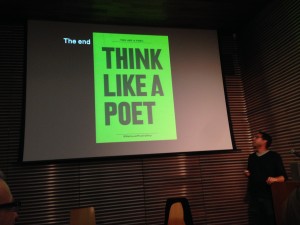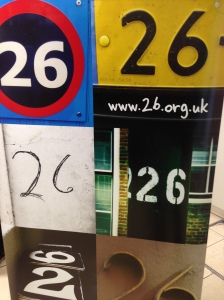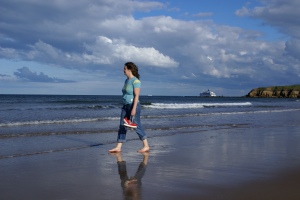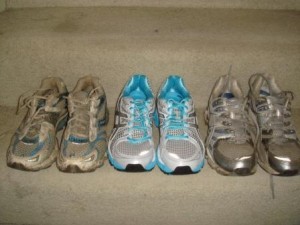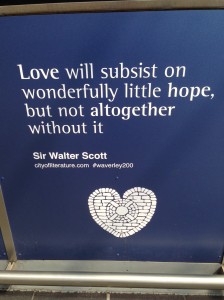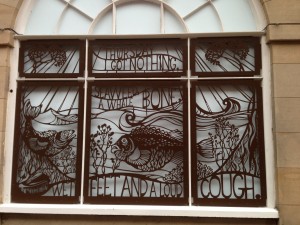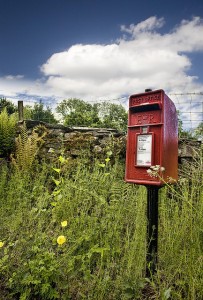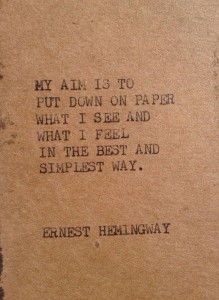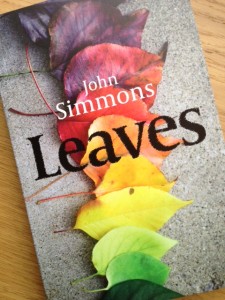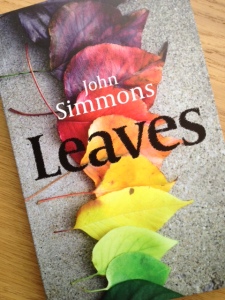Most of us can write. Most of us can explain our business, what we do, what we offer, what’s brilliant about it. So why would you hire a copywriter, like me, to write for your business?
Knowledge and experience
Do you need a business website, an advert, a blog post, a flyer, a report, a bid document, a video, a case-study, a speech, or some social media posts?
 A copywriter knows what style of writing works best for different media.
A copywriter knows what style of writing works best for different media.
For example, my first job was working with BBC Radio, so I understand the difference between writing things that will be spoken, and things that will be read.
I can adapt my writing style for print from a detailed business report to a snappy postcard or flyer. I can write SEO friendly content that helps customers find your website, product or service in the vast world of the internet.
A fresh perspective
You’re the expert in your business. But sometimes it’s possible to get a little too close to be able to see things clearly.
 Do you talk the language of your customers? Are you trying to sell a drop-forged, chrome-coated,open-ended spanner, when your customer is looking for a tool to loosen off a nut?
Do you talk the language of your customers? Are you trying to sell a drop-forged, chrome-coated,open-ended spanner, when your customer is looking for a tool to loosen off a nut?
A copywriter will ask questions, find out about you and your business and get to know your customers too.
As a writer, I can explain things clearly, and write about your business in a way that your customers understand and engage with.
Stand out from the crowd
How many other businesses do something similar to yours? How do you attract attention, and make yours the company that customers choose?
A copywriter can help generate creative ideas, and approaches as well as choosing specific words and phrases that can set you apart from the rest.
Quality focus
 How often do you find yourself in the middle of something, when your phone rings, or someone asks you a question, or an email pops up to distract you?
How often do you find yourself in the middle of something, when your phone rings, or someone asks you a question, or an email pops up to distract you?
If you ask me to write something for you, I promise you my full attention. I’ll be 100% focused on writing quality words for your business, with no spelling or grammar howlers.
I’m used to working to deadlines, and getting to know a subject quickly, so whether you need some attention grabbing words in the next month, week or even day, then there’s a good chance I can help you.
Get it done
Hiring a freelance copywriter means you can have writing when you need it, not just when you can get round to it.
Sometimes you know what you want to say, but scribbling it down or typing it out just isn’t your priority. So that blog post, brochure, or website update never sees the light of day and never drives any customers your way.
A quick conversation with a copywriter will set that right. A professional will be able to write it more quickly than you can.
Lee and Beth at The Christmas Farm are really busy growing organic fruit and vegetables and looking after the animals that provide the meat and produce for their organic box scheme. They love sharing recipes and ideas for eating seasonal and local food with their customers, but don’t always have time. I help them out by writing newsletters and adding blog posts and recipes to their website.
Trust an expert
Working with a copywriter is just like working with any other professional who can help your business. It’s a bit like working with an accountant. While you could do the sums and spreadheets yourself, isn’t it reassuring to know there’s someone who understands all the ins and outs of tax and finances; someone who can save you a lot of hassle and money?
A copywriter, like me, can do that. I understand the rules and tricks of writing. I can advise you on the best approach. And I can write for your business, leaving you to focus on the nuts and bolts, or hammers and spanners.
